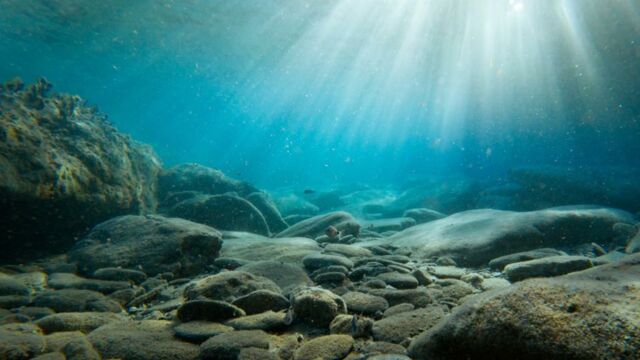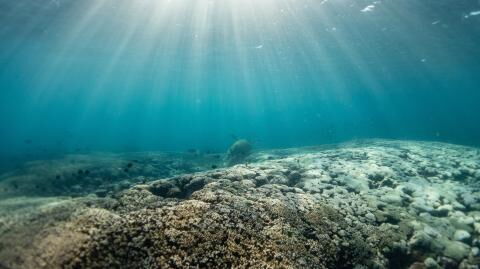Forget the nuclear threat, the risk of war, or the fear of a new epidemic. In the United States, there is one natural event that could bring the country to its knees, and you can't fight it with an AR-15: the Big One.
Discover our latest podcast
According to geologists, this massive earthquake, caused by movements along the San Andreas Fault, occurs about every 150 years. The last one? It was in 1906. So the earthquake is relatively imminent, but as our scientific knowledge advances in the field of geology, researchers have just made a rather disturbing discovery.
A leak detected in the ocean floor
While sailing off the coast of Newport (northwestern United States), researchers from the University of Washington (UW) detected bubbles seeping from what appears to be a hole in the ocean floor. Intrigued by this unusual phenomenon, which they discovered by chance, the scientists sent a robot to inspect this 'underwater spring', named Pythia’s Oasis.
Evan Soloman, a UW associate professor of oceanography who studies seafloor geology, explained in a statement:
They explored in that direction and what they saw was not just methane bubbles, but water coming out of the seafloor like a firehose. That’s something that I’ve never seen, and to my knowledge has not been observed before.
But then why is the ground leaking this warm liquid, and what does this discovery have to do with the next Big One? In a recent study published in Science Advances, researchers explain how this 'hole' tells us more about tectonic plates.
Read more ⋙ Divers found something unexpected at the bottom of the ocean linked to a national tragedy (VIDEO)
Read more:
⋙ This ocean might completely disappear leaving Earth with a 'supercontinent'
⋙ Super-volcano in the US could cause deadly steam explosions and landslide-triggering earthquakes
A 'lubricant' for tectonic plates
Pythia’s Oasis is located in the Cascadia Subduction Zone, a region of faults between the Juan de Fuca plate and the North American plate. To explain what happens in this fault, Soloman compares this region to a giant air hockey table, where water would replace air:
If the fluid pressure is high, it’s like the air is turned on, meaning there’s less friction and the two plates can slip. If the fluid pressure is lower, the two plates will lock – that’s when stress can build up.
Water released from the fault zone is like lubricant for tectonic plates, Soloman said. And, less lubricant means increasing stress and a higher chance of creating a damaging earthquake.
However, this does not mean that the Big One will happen tomorrow: it is the first time that this kind of phenomenon is observed, but as the researchers say, geology is a relatively recent scientific field. Finally, this kind of discovery allows us to know more about tectonic plates, and, specifically, to better predict future earthquakes.
This article has been translated from Gentside FR.
Sources used:
University of Washington: 'Warm liquid spewing from Oregon seafloor comes from Cascadia fault, could offer clues to earthquake hazards'
Science Advances: 'Fluid sources and overpressures within the central Cascadia Subduction Zone revealed by a warm, high-flux seafloor seep'















